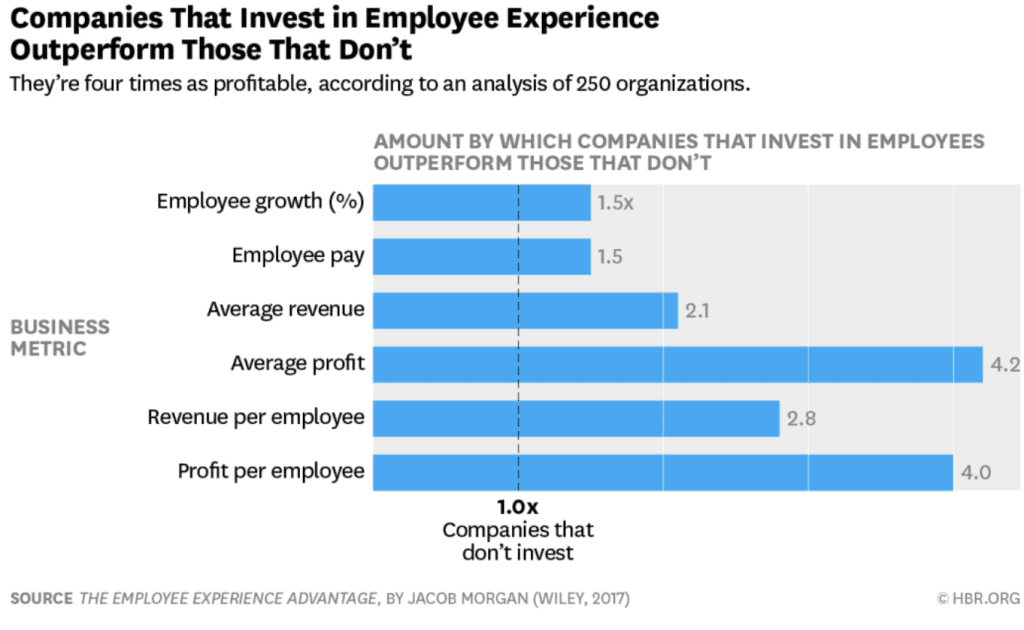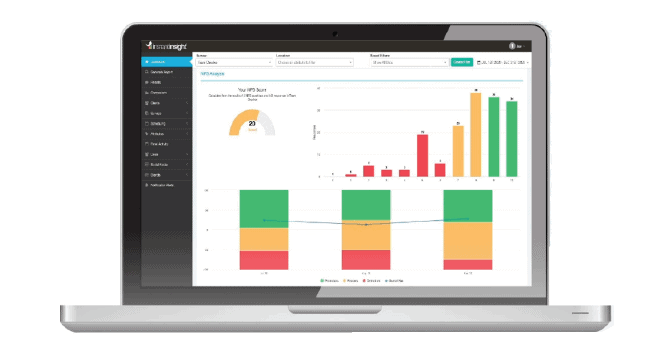Measuring Customer Feedback
Many dealerships are aligned with the notion that customer feedback is an essential way of measuring success, but it isn’t always a true reflection of the customer experience (CX).
Customer feedback can be obtained by telemarketers – usually, an outsourced personal calling on behalf of the dealership, face-to-face surveys, or via online review tools such as instant insight. In each scenario, the customer is asked a series of set questions about a recent experience with the company.
Generally, dealerships will want to determine what their Net Promotor Score (NPS) is based on rolling customer feedback. This score is then often used to demonstrate how well they are performing to those higher up the chain of command – and is often linked to bonus schemes.
There is nothing wrong with taking this approach, and it can be a valuable tool to motivate staff and improve CX. However, we are seeing instances where the pursuit of a positive NPS is having a detrimental effect on their customer’s experience – and the business has no idea that it is happening.
Victoria from Surrey said:
“Every time I take my car into the local dealership I go through the same feedback process – the service representative informs me that I will receive a feedback call and asks me to rate them a 9 or 10, unless I have been unhappy with the service.
“The next day when I receive the call, I am again asked to rate the service I have received – scoring the dealership a 9 or 10 if I was happy and only and 8 or below if I was dissatisfied.
“The way in which these requests and questions are posed to me feels very pushy. I’m never unhappy with the service but I wouldn’t say I am blown away by a distinctly higher level of service than you would expect at any other dealership. However, I feel pushed into giving them a 9 or 10 when I feel they only really deserved a 7 or 8 and always come away irritated and annoyed by the whole process. If I had a choice of dealerships locally, I would certainly switch.”
This example shows how the customer had a perfectly OK experience in the dealership, but the overall experience ended negatively because of a pushy feedback process that is designed to chase a score and not seek ways to provide an even greater service.
What’s more worrying is that the dealership is probably unaware of the negative impact their feedback process is having on the overall customer experience, and at some point, their score-chasing strategy may backfire.
By really understanding your customer's journey and managing their experience, you can achieve a high NPS organically, without the pushy tactics that then leave your customers with a sour taste.
What is NPS?
NPS is one of the most tried and tested methods of measuring a customer’s experience. Through NPS you can understand the likelihood that a customer will recommend your product and service to someone in their community.
The question usually states, ‘on a scale of one to ten, how likely are you to recommend the business to a friend?’
NPS is calculated by subtracting the percentage of customers who scored a 6 or lower (known as detractors) from the percentage of customers who scored a 9 or 10 (known as promoters).
So you can see why it is in the dealership's interest to receive as many 9’s and 10’s as possible – 7’s and 8’s don’t influence their score.
Great CX drives a higher NPS
To be consistently achieving nine and ten’s on NPS trackers, dealerships need to take a step back and look at what small extra details or changes would make their customers think ‘wow’.
Autotrader’s Car Buyer of the Future Study found that if the buying process was improved, 72% of consumers stated they would visit dealerships more often. 66% said that they would be much more likely to buy from a dealership that offers their preferred experience, and 53% stated they would buy a vehicle more often.
We work with a number of dealerships and online retailers in a variety of ways to achieve ‘front end’ insight, before working with teams to implement strategic plans which deliver what the customer is asking for and ultimately those essential NPS figures.
How can customer journey mapping improve CX?
By mapping the customer journey from the very start of the process, a phone enquiry, or web browsing, to the very last point, picking up a new car or serviced vehicle – you get crucial insight and understand how your customer thinks and feels at every step.
Our process helps you to identify any kinks in the process, potential frustrations, things that really add value, or major pitfalls in service or consistency. Once you have a true understanding of what you are working with, it becomes a much easier process to streamline the process, iron out any issues and look for opportunities to add an even better experience.
Research by Economist Intelligence Unit revealed that the top five areas consumers identified as leading to a positive experience included:
- 47% – Fast response to inquiries or complaints
- 46% – Simple purchasing process
- 34% – Ability to track orders in real time
- 25% – Clarity and simplicity of product information across channels
- 22% – Ability to interact with the company over multiple channels
But to really offer the best CX you must go beyond ‘functional’ and look to evoke an emotional connection.
Dealerships have started to work on this with the addition of new car owner ‘reveals’ and gifts but there are many much simpler and free ways to connect with your customers. Reserving parking spaces with names for when your customer is booked in for a service, or training the reception team to note the reg of vehicles coming in so that they can have names to hand – these small but very personal touches can turn an OK seven or eight into a nine or ten on the NPS scale.
Test your customer experience with CX Reviews
CX reviews – also known as mystery shops – are another way of testing your customer journey in real time and analysing how your business, and team perform against your ‘ideal’ on a given day. Many dealerships use mystery shops as a vehicle to test their FCA compliance, however our team of over 1,000 highly trained researchers can delve into many different scenarios which can provide detailed feedback for every point of your customer journey.
Training & development for your team is key to great CX
Following our in-depth CX review process and customer journey mapping, its crucial to not let plans go to waste. It’s the team on the frontline that must deliver the experience you have designed and tested, day-in, day-out. You must make sure that you take your team on the journey with you and that they are bought into the customer experience strategy. We can help train staff so that certain elements come more easily to them through the use of role play and workshops, but what is also really helpful is to get feedback from your staff in the same way you request it from your customers.
A team that has free flowing communication and an outlet to feedback is a more engaged team which in turn leads to better CX.
To find out more about how we work with dealerships or the wider auto-motive industry, please get in touch with your local CX Director. All of our CX Directors are based locally, out in the field, so that they can be on the ground to best benefit the clients in their area – find your local contact here.
















